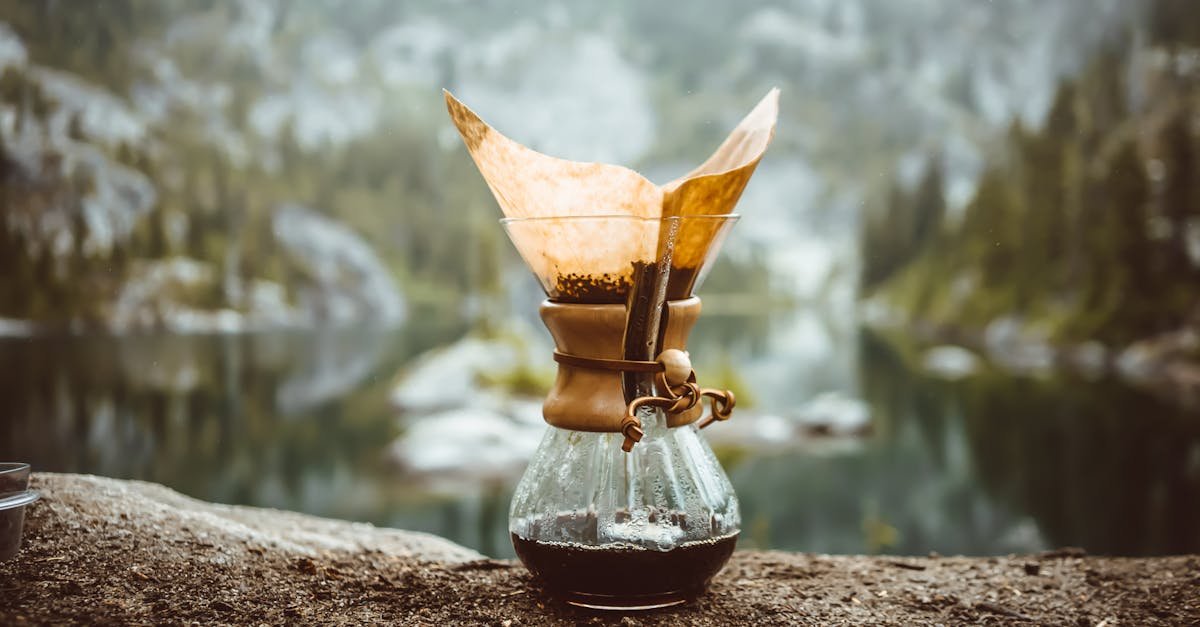




Choosing the Right Sanitizing Solution
When selecting a sanitizing solution for your water purification unit, safety and effectiveness should be top priorities. Common options include unscented household bleach, hydrogen peroxide, and commercial sanitizers specifically designed for water treatment. It is crucial to check that any chemical you choose is approved for use with drinking water systems, as some substances may leave behind harmful residues or alter the water’s taste.
It’s also essential to consider the concentration of the solution and the recommended dilution ratios. Each type of sanitizer comes with specific instructions regarding the amount needed to achieve effective disinfection without compromising water quality. Proper usage will not only ensure that pathogens are eliminated but also help maintain the longevity and efficiency of your unit. Always be sure to store any unused chemicals safely away from children and pets.
Safe and Effective Chemicals
The choice of sanitizing chemicals is crucial for effective water purification. Commonly used options include chlorine, hydrogen peroxide, and iodine. Chlorine is widely recognized for its ability to kill bacteria and viruses. Hydrogen peroxide offers an alternative that breaks down into harmless water and oxygen after use. Iodine can also be effective but requires careful handling due to its potential health risks.
When selecting a chemical, consider factors such as the specific contaminants present and the material of your purification unit. Always check for any compatibility concerns to prevent damage. Follow the manufacturer’s guidelines for dosage and application methods to ensure optimal sanitation. Safety precautions, including proper ventilation and protective gear, are essential when handling these substances.
Frequency of Sanitizing Your Unit
Regular maintenance of your water purification unit is crucial for ensuring its effectiveness. It’s generally recommended to sanitize the unit at least once every six months, though higher usage may necessitate more frequent cleanings. If the unit is in constant use or if it has been exposed to contaminants, monthly sanitization may be beneficial. Keeping a consistent schedule helps prevent buildup of harmful bacteria and impurities.
It is also essential to monitor the water quality. If you notice any changes in taste, odor, or clarity, these could indicate potential contamination issues. Additionally, extreme weather conditions, such as heavy rains or floods, may increase the likelihood of contaminants affecting your unit. In such cases, a thorough sanitization should be performed immediately regardless of the regularly scheduled maintenance.
Recommended Maintenance Schedule
Establishing a maintenance schedule for your water purification unit is crucial to ensure its effectiveness and longevity. Regular inspections should be conducted at least once every six months. During these inspections, check filters and other components for signs of wear and tear. It’s also advisable to clean the unit thoroughly during these scheduled maintenance tasks to prevent the buildup of contaminants.
In addition to biannual inspections, consider performing monthly checks on the water clarity and taste. Any noticeable changes in either can indicate potential issues requiring immediate attention. Keeping a log of maintenance activities and observations can help track the unit’s performance over time. This proactive approach will ensure that the purification system remains efficient and reliable for your daily water needs.
Signs Your Unit Needs Immediate Attention
Unusual tastes or odors in the water signal potential issues with your purification system. A metallic or chemical flavor can indicate that the filtration media is failing or that components might be deteriorating. Such changes in sensory perception often suggest the presence of contaminants or the breakdown of sanitizing agents.
Cloudiness or discoloration in the water is another red flag. This turbidity can suggest that particulates are not being effectively removed or that biological growth is taking place within the unit. Observing these signs necessitates immediate inspection and corrective measures to ensure safe drinking water.
Indicators of Contamination
Routine inspections of your water purification unit are essential to ensure its optimal performance. A noticeable change in taste or odor can indicate contamination. If the filtered water has a metallic or chemically sweet flavor, it may suggest the presence of harmful substances. Additionally, murky or discolored water is a clear sign that sediment or bacteria might be present, compromising the safety of your drinking supply.
Physical symptoms can also present themselves, particularly in individuals consuming the water. Unexplained gastrointestinal issues, such as nausea or diarrhea, may arise if contaminants are entering your system through the purification process. Regularly monitoring for changes in water quality and associated health effects is crucial in maintaining the safety of your drinking water.
FAQS
How often should I sanitize my water purification unit?
It is recommended to sanitize your water purification unit at least once every three to six months, depending on usage and the quality of the source water.
What are safe chemicals to use for sanitizing my water purification unit?
Safe and effective sanitizing chemicals include food-grade hydrogen peroxide, unscented bleach (sodium hypochlorite), and vinegar. Always follow the manufacturer’s instructions for the best results.
How can I tell if my water purification unit needs immediate attention?
Signs that your unit may need immediate attention include foul odors, unusual taste in the water, visible sediments, or the presence of mold or algae in the system.
Can I use household cleaners to sanitize my water purification unit?
No, household cleaners may contain harmful chemicals that can contaminate your water system. It’s best to use only safe and recommended sanitizing solutions specifically designed for water purification units.
What should I do if I suspect my water has been contaminated?
If you suspect contamination, stop using the water immediately, sanitize your purification unit, and consider testing the water for contaminants. If necessary, consult a professional for further assessment.
Related Links
What to Use for Cleaning Different Filter Types
How to Effectively Clean Your Water Filter System
Round Up of Best Practices for Water Filter Maintenance
5 Essential Tips for Maintaining Clean Water Filters

